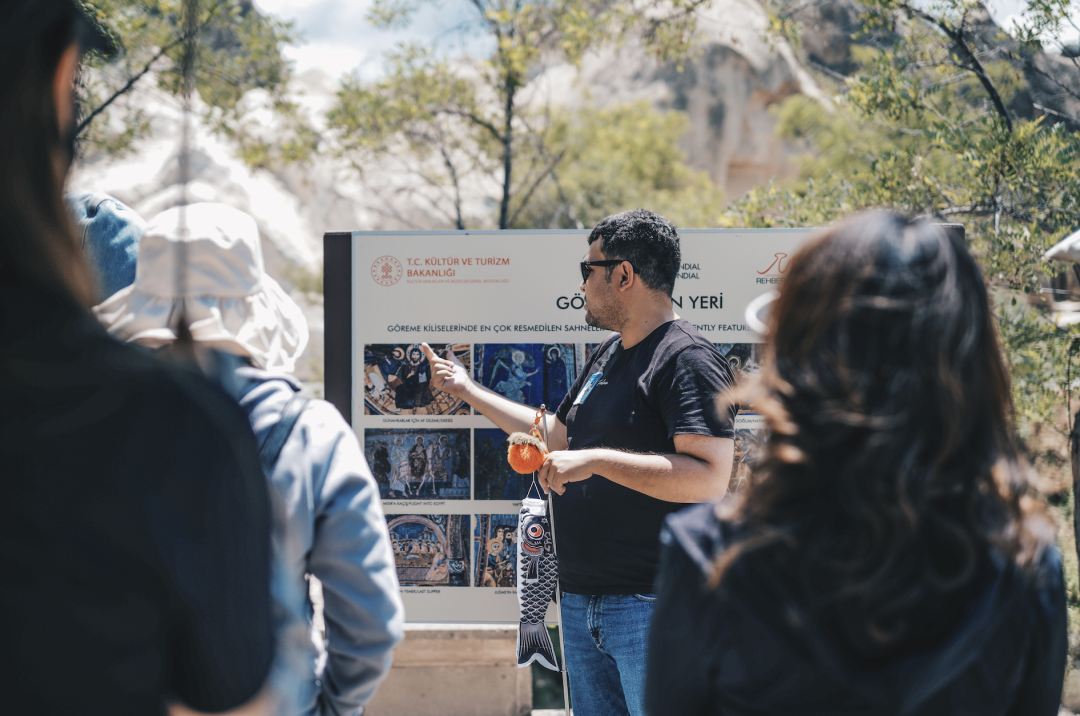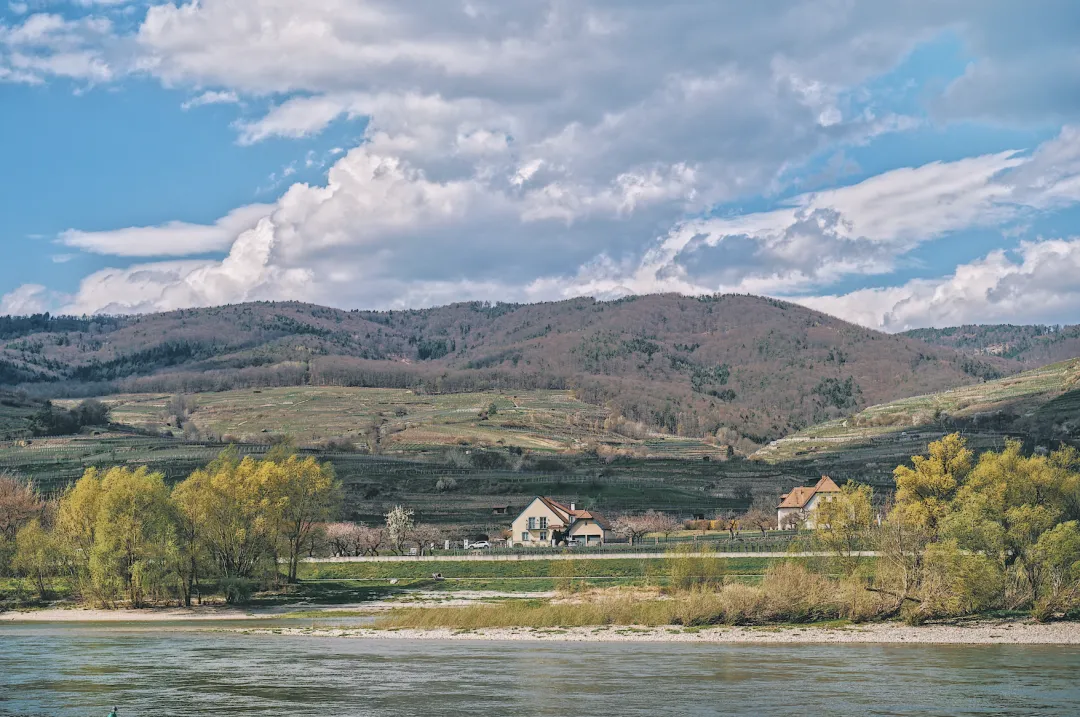“Travel is the only thing you buy that makes you richer.” But a bad tour package can turn this wisdom into a nightmare. This guide reveals 12 critical factors to evaluate before booking, with real-world examples and a 2025 checklist to protect your investment.
1. How to Spot a “Shopping Trap” Tour

Beware of tours that disguise shopping stops as “cultural experiences.” A $150 5-day Thailand tour? Red flag! These “KB tours” (kickback tours) earn commissions from partner stores, not quality service. Compare:
- Good: A Paris tour including a visit to Champs-Élysées (part of cultural exploration).
- Bad: A Bali tour forcing 3 hours daily in “artisan workshops” that are actually souvenir shops.
2. The Hidden Costs That Bust Your Budget

A $2,000 Europe tour can balloon to $3,500+ with:
- Mandatory tips: $5–$15/day in Europe/Africa/South America.
- Excluded essentials: Flights, visas, attraction tickets.
- Meal plans: “Half-board” often means only breakfast and one meal.
Pro tip: Request a 10-point cost breakdown before booking.
3. Optional Activities: Enhance or Destroy Your Trip?

Good optional activities add value. Bad ones ruin your experience:
| Good Example | Bad Example |
|---|---|
| Cappadocia hot air balloon ride at sunrise (scheduled outside core hours). | Half-day “cultural center” visit replacing Petra exploration. |
Rule of thumb: If skipping an optional activity leaves you with nothing to do, avoid the tour.
4. Logistics: Group Size, Hotels, and Transportation
4.1 Group Size Matters

- Ideal: 15–25 people (balances cost and personal attention).
- Avoid: Groups >30 (delays, rushed experiences).
- Minimum participants: Confirm for niche destinations like Antarctica (common cancellations).
4.2 Hotel Quality: Beyond the Star Rating

A “4-star” in Egypt ≠ a “4-star” in France. Check:
- TripAdvisor reviews (look for recurring complaints).
- Location (suburban hotels limit evening exploration).
- Room photos (some agencies use stock images).
4.3 Transportation: Time vs. Comfort

Budget Turkey tours may involve 8+ hours of daily bus rides. Mid-range options include:
- Domestic flights (reduces travel time by 50%).
- Direct long-haul flights (e.g., New York to Rome).
5. Safety First: How to Evaluate Risk
5.1 High-Risk Destinations Require Group Tours

Group tours are safer for regions with:
- Language barriers (e.g., rural China).
- Political instability (e.g., Venezuela).
- Limited infrastructure (e.g., Papua New Guinea).
Must-have: Travel insurance covering medical emergencies and cancellations.
5.2 Verify Operator Credibility

- Trusted: EF Go Ahead Tours, Globus, Collette.
- Avoid: Social media “travel experts” offering unrealistic discounts.
6. Itinerary Design: Depth vs. Breadth
6.1 Realistic Expectations for Coverage

A 10-day Europe tour covering France, Italy, and Switzerland typically includes:
- 2–3 cities per country (e.g., Paris, Rome, Florence).
- 1–2 hours per attraction (e.g., 45 minutes at the Colosseum).
6.2 “Visit” vs. “Enter”: The Fine Print

Confirm whether you’ll:
- Enter: Colosseum, Louvre, Vatican Museums.
- Only view from outside: Some tours advertise “visit” but mean a drive-by.
7. Booking Red Flags and Contract Essentials
7.1 Platforms to Trust vs. Avoid

- Trusted: Intrepid Travel, G Adventures, Lufthansa’s tour division.
- Avoid: Unverified “travel clubs” or influencers offering 70% discounts.
7.2 Contract Must-Haves

Checklist:
- Clear cancellation policy (look for “full refund up to 60 days”).
- 24/7 emergency contact.
- Liability terms (e.g., what happens if the tour is canceled).
- Hotel names (not just “4-star”).
- Meal plan details (e.g., “breakfast and dinner” vs. “half-board”).
8. The 2025 Pre-Booking Checklist

Before You Click “Book”:
- Compare total costs (tips, meals, flights).
- Confirm group size and minimum participants.
- Research hotel quality and locations.
- Verify optional activity schedules.
- Check for 24/7 customer support.
Conclusion: Your Journey, Your Choice

Guided tours simplify travel but require research. By focusing on transparency, safety, and realistic itineraries, you can avoid scams and enjoy stress-free exploration. For high-risk or logistically complex destinations, a well-planned tour often outweighs the risks of independent travel.
